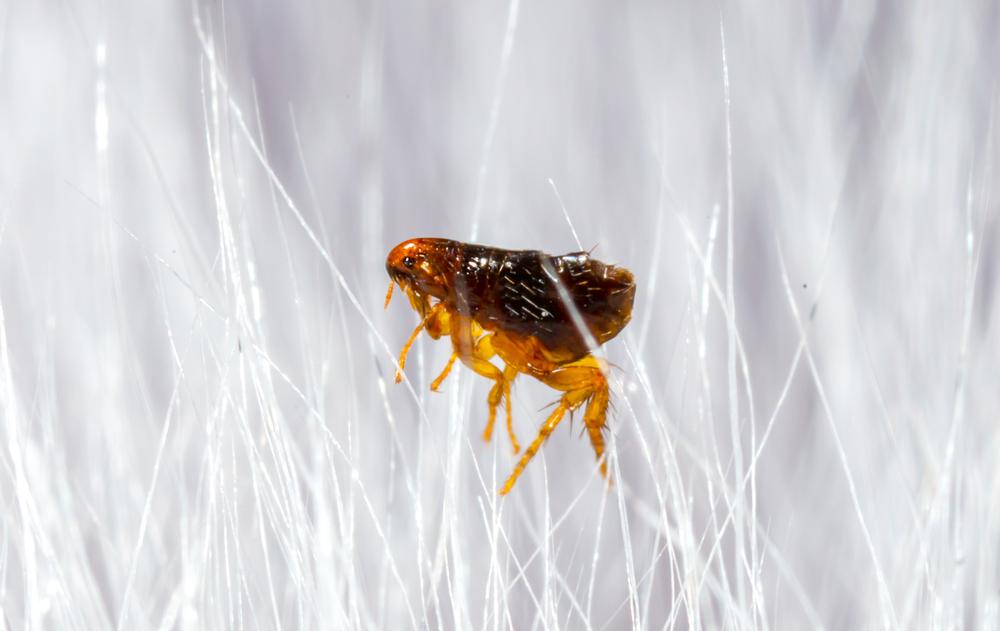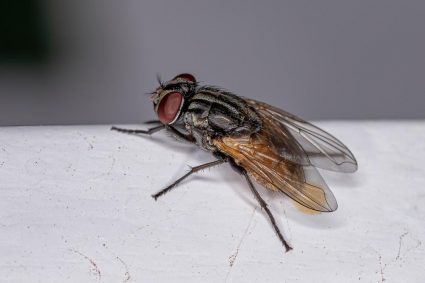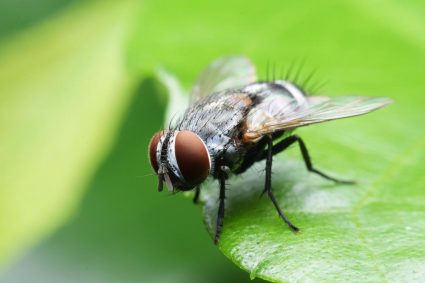
Fleas are tiny, flightless insects that are more than just a nuisance. Known scientifically as the order Siphonaptera, fleas are external parasites that feed off the blood of mammals and birds, including humans. They are vectors for viral, bacterial, and rickettsial diseases of humans and other animals, as well as of protozoan and helminth parasites. In this comprehensive guide, we will explore how fleas start, their life cycle, how they spread, and signs of a flea infestation.
A flea infestation typically starts when fleas hitch a ride on pets or humans from an infested environment to a new one. They can also be brought in through second-hand items. Once in the new environment, they lay eggs which hatch and continue the cycle of infestation. Regular cleaning, maintenance, and pet care can help prevent a flea infestation.
What Are Fleas?
Fleas are small insects, typically about 3 millimeters long, and usually brown in color. Their bodies are “flattened” sideways or narrow, which allows them to move through their hosts’ fur or feathers. They lack wings, but their hind legs are extremely well adapted for jumping. In fact, they can leap 50 times their body length, a feat second only to jumps made by another group of insects. Fleas feed on a wide variety of warm-blooded vertebrates including dogs, cats, rabbits, squirrels, ferrets, rats, mice, birds, and sometimes humans.
How Does a Flea Infestation Start?
A flea infestation typically starts when fleas are brought into an environment, often by pets or other animals. Fleas can hop onto your pet’s fur from another pet or from infested dirt or grass outside. When the fleas reproduce, more fleas can infest your home. They tend to hide in bedding, furniture, and floor cracks. Fleas can also hitch a ride on people or their belongings, and can be hidden in furniture purchased from second-hand stores or yard sales.
The Life Cycle of Fleas
The life cycle of a flea consists of four stages: egg, larva, pupa, and adult. This life cycle can vary from a few weeks to several months, depending on environmental conditions such as temperature and humidity.
- Egg Stage: After an adult flea feeds on a host’s blood, it mates and lays eggs in the host’s fur and surroundings. These eggs, which are small and white, hatch in one to ten days, depending on environmental conditions.
- Larva Stage: Once hatched, the larvae feed on blood and flea feces (also called “flea dirt”) to continue their development. They are free-moving and avoid light, often hiding in shaded areas like cracks in the floor, carpets, or pet bedding. The larval stage lasts from 4 to 18 days.
- Pupa Stage: After feeding on flea dirt for 5-20 days, the larvae spin a cocoon and enter the pupa stage. The cocoon protects the pupa from environmental conditions and insecticides/repellents for several days or weeks until adult fleas are ready to emerge.
- Adult Stage: Adult fleas emerge from the cocoon when they detect the presence of a host, such as movement or body heat. They begin feeding on the host within a few hours of emerging and soon after, mate and lay eggs, starting the life cycle again.
Signs of a Flea Infestation
Signs of a flea infestation can be observed in both your pets and your home environment. Here are some of the most common indicators:
- Excessive Scratching: Flea bites can cause irritation and itching, leading to excessive scratching in pets. If your pet is scratching more than usual, it could be a sign of fleas.
- Hair Loss: Sudden hair loss in pets, also known as alopecia, could be a sign of fleas. This can be caused by your pet constantly scratching and biting at spots where they are getting bitten.
- Welts and Red Skin: Flea bites can cause small stinging sensations and lead to red, irritated patches of skin and painful-looking welts on your pet.
In conclusion, a flea infestation can start from various sources, including pets, other animals, people, and even second-hand items. Once inside, fleas can reproduce rapidly, leading to a large infestation. Regular cleaning and maintenance of your home and yard, as well as proper care of pets, can help prevent a flea infestation.
Frequently Asked Questions
How can I prevent a flea infestation?
There are several ways to prevent a flea infestation. First, regularly check your pets for fleas and treat them with flea prevention products as recommended by your vet. Second, maintain cleanliness in your home by vacuuming regularly and washing pet bedding frequently. Third, keep your yard clean and free from debris that can serve as a breeding ground for fleas.
What are the health risks associated with fleas?
Fleas can cause a variety of health issues in both humans and pets. In pets, flea bites can lead to skin irritation, hair loss, and allergic reactions. Severe infestations can cause anemia in young or small pets. In humans, flea bites can lead to rashes and allergies. Fleas can also transmit diseases like plague and typhus, as well as parasites like tapeworms.
What are some effective treatments for flea infestations?
There are several effective treatments for flea infestations. For pets, there are topical treatments, oral tablets, and flea collars. For your home, there are sprays, foggers, and powders that can kill fleas at all stages of their life cycle. Professional pest control services can also be engaged for severe infestations. Always consult with a vet or pest control professional to determine the best course of action.
How long does it take to get rid of fleas?
The length of time it takes to get rid of fleas can vary depending on the severity of the infestation and the treatment methods used. Generally, it takes about 3 to 4 weeks to completely break the flea life cycle and eliminate all adult fleas, larvae, and eggs.
Can fleas live on humans?
While fleas can bite humans, they prefer animal hosts and do not typically live on humans. However, if the preferred host is not available, fleas can bite and live on humans temporarily.









